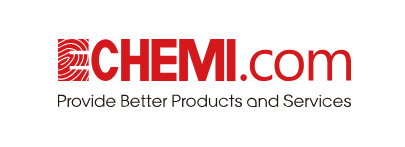Cost efficiency is a critical factor for chemical reagents manufacturers striving to remain competitive in a global marketplace. These manufacturers produce a wide range of chemicals used in research, diagnostics, pharmaceuticals, industrial processes, and other sectors. Achieving high cost efficiency allows companies to optimize profitability, invest in innovation, and offer competitive pricing to their customers.
One key aspect of cost efficiency is optimizing production processes. Manufacturers often invest in advanced manufacturing technologies, such as automation, continuous flow reactors, and energy-efficient equipment, to reduce operational costs. Implementing process improvements and lean manufacturing practices help minimize waste, improve yields, and shorten production cycles. This not only lowers raw material and energy consumption but also enhances product consistency and quality.
Raw material sourcing plays a pivotal role in cost management. Manufacturers seek reliable suppliers offering high-quality raw materials at competitive prices. Bulk purchasing, long-term contracts, and strategic sourcing from regions with lower input costs can significantly reduce expenses. Additionally, alternative raw materials or synthesized precursors might be adopted to mitigate price fluctuations of raw feedstocks.
Economies of scale are also vital for cost efficiency. Larger production volumes typically allow manufacturers to spread fixed costs over more units, reducing the per-unit cost. Investing in scalable production infrastructure and expanding capacity can yield substantial cost advantages, particularly in high-demand markets.
Supply chain optimization further enhances cost efficiency. Efficient logistics, inventory management, and just-in-time delivery systems minimize storage costs and reduce risks of raw material shortages or excess stock. Digitization of supply chain operations enables better forecasting and real-time tracking, leading to more informed decision-making and reduced operational costs.
Research and development (R&D) also contribute indirectly to cost savings by enabling the development of more efficient, safer, and environmentally friendly reagents. Innovations that reduce hazardous waste, lower energy requirements, or eliminate expensive synthesis steps can lead to cost reductions while also aligning with regulatory standards.
Finally, regulatory compliance and quality assurance are essential for managing costs. While compliance can be costly upfront, preventing non-compliance penalties, product recalls, and costly legal issues ultimately saves money in the long run.
In summary, cost efficiency in chemical reagents manufacturers requires a multifaceted approach—optimizing production processes, strategic raw material sourcing, scaling operations, supply chain management, continuous innovation, and strict quality control. Companies that successfully streamline these areas can reduce costs, improve competitiveness, and better serve their customers in a dynamic and demanding global market.

